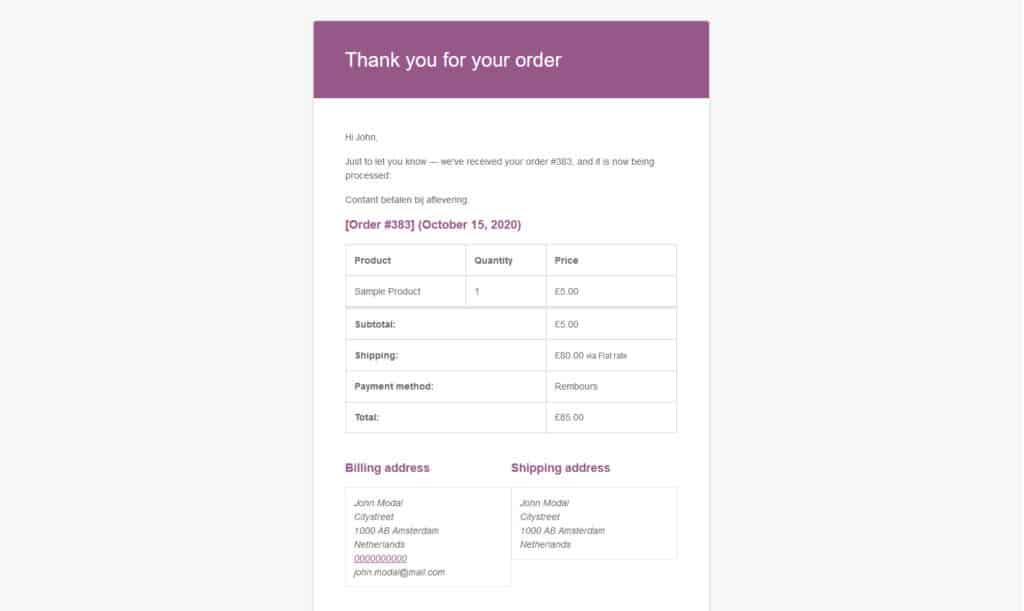If we talk about websites and WordPress, you may someday encounter the term Transactional Email. But what is Transactional Email actually? This article will briefly elaborate on transactional email.
Transactional email is not that hard to understand, as it’s already in the name! Usually, a transactional email is sent once an (automated) transaction has taken place. This transaction doesn’t necessarily have to be a payment transaction. It can be any transaction taking place between a website or app and a user.
Let’s dive in some examples.
Examples of Transactional Emails
Typical examples of transactional email include:
- Email verifications
- Password reset messages
- Shopping order notifications and purchase receipts
- Form confirmations
- Automated invoices and messages
- Notifications from social media
The Importance of Transactional Email
You probably arrived at this site looking for information about WordPress or Transactional emails. That, by any change, means you are probably setting up a website or looking on how to improve what you’re doing online. Am I right?
Nevertheless, Transactional Emails are an important and often overlooked topic. Especially if you are running an online shop or business.
If you’re running an online business, think of the communication you have with your customers as a journey. In this journey, you have various moments you interact with a customer.
One of these interactions is actually transactional emails! And transactional emails that look good and have clear content leave a better impression on your customers. Especially if you’re running a shop, some important interactions will be over email.
It’s also an area where big improvements can be made with little effort:
- Use beautifully designed templates for transactional emails
- Use clear descriptions, titles and body text for transactional emails
- Think of which transactional emails your system should send
- Use a proven provider for transactional email. Many providers integrate well with WordPress.
Transactional Email Providers
Transactional emails are often sent by email marketing platforms such as Hubspot, Mailchimp and Send in Blue.
Also, there are many providers of transactional email for your applications such as Mailgun and Elastic Email.
Transactional Email and WordPress
WordPress does also send transactional emails. Can you think of any examples? The most common emails sent by WordPress are:
- New user account notifications, after creating a new user.
- Password reset notifications when using the password reset form.
- E-mail confirmations for user accounts.
- Shopping notifications when using WooCommerce.
Many WordPress Hosting Providers provide transactional emails as part of their services. In many cases, it means that the emails are automatically sent by the server itself.
However, some hosting providers don’t support the sending of emails. In that case, you need to manually integrate WordPress with an existing provider such as Elastic Search or Mailgun. There are a couple of plugins that support this process.
Transactional email providers have the benefit that you have better control and insight into when and what number of emails are sent from your WordPress website.
Moreover, if integrated correctly with your domain, the deliverability of email can be improved by using a transactional email provider. In other words – emails are less likely to end up in spam.
In an upcoming article, I will explain how to integrate these two providers with WordPress and your domain.

If you’re using WooCommerce for your WordPress website, it’s very easy to adjust the colours and design of the emails send from your shop. Which are, as you know by now, transactional emails.
So, what is Transactional Email?
So to conclude the question we’re starting with: what is transactional email? It’s an email sent automatically as a result of a transaction on usually an app or website. This email is usually sent by the software on a server or by transactional email providers.
